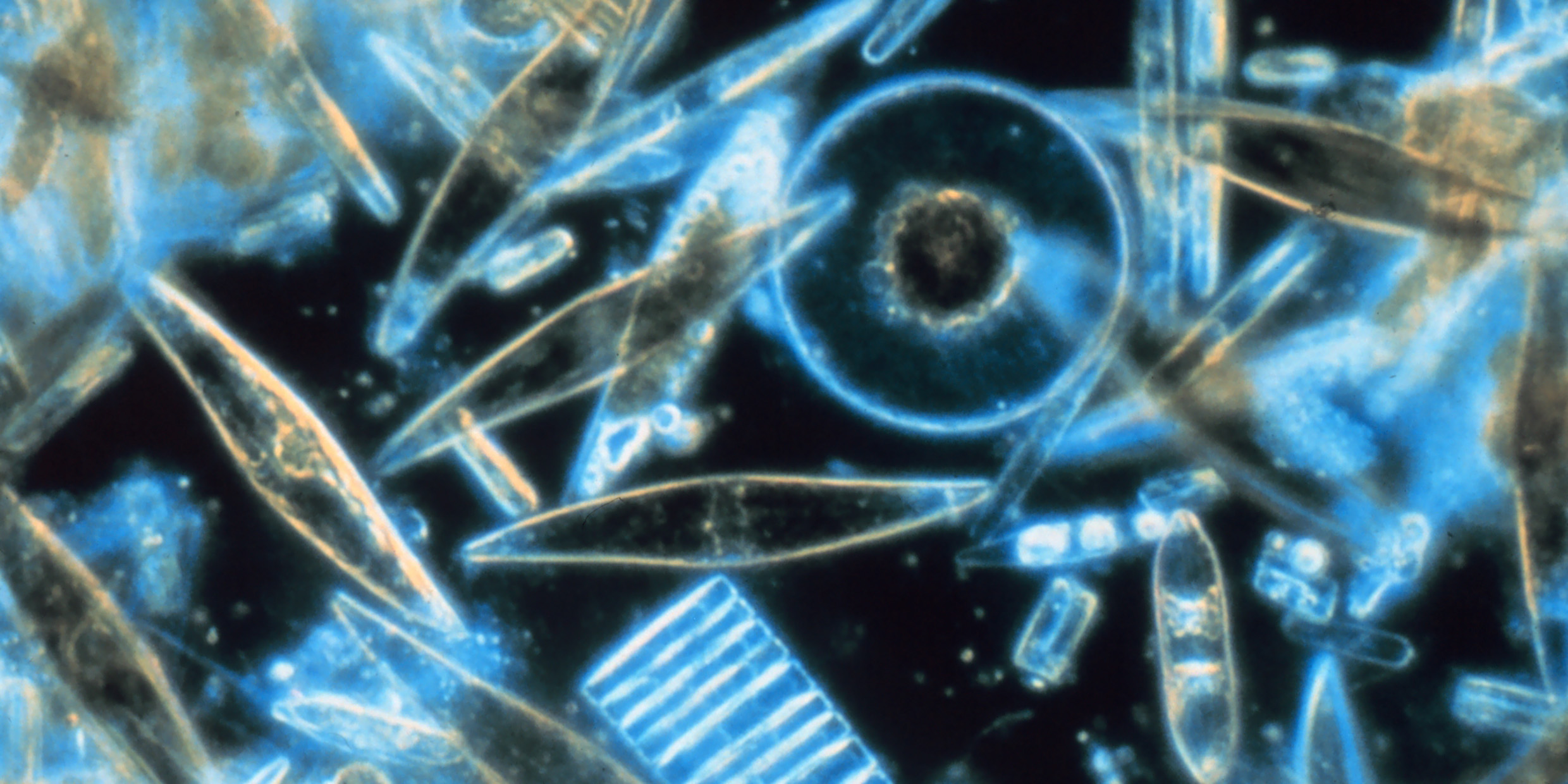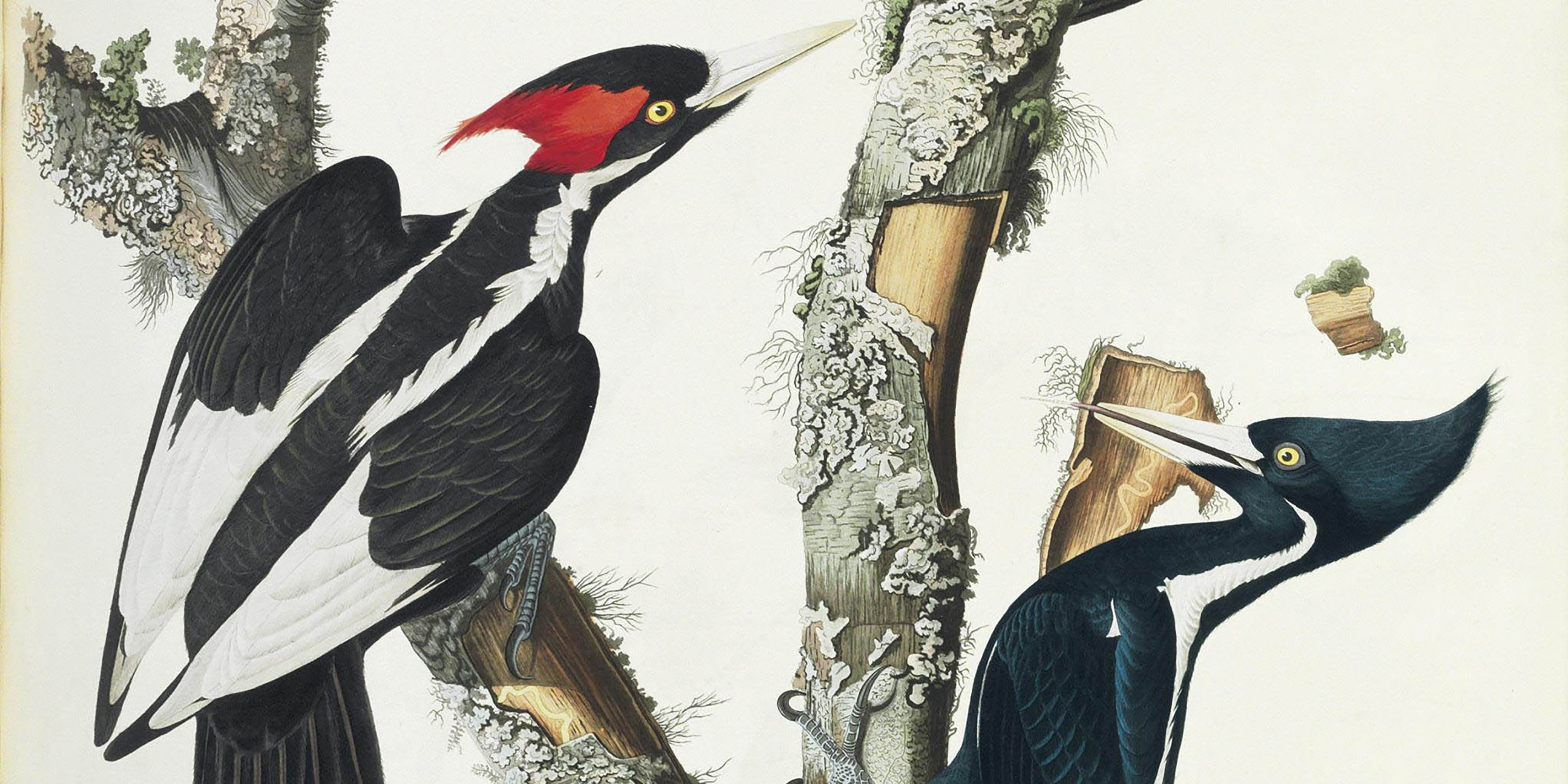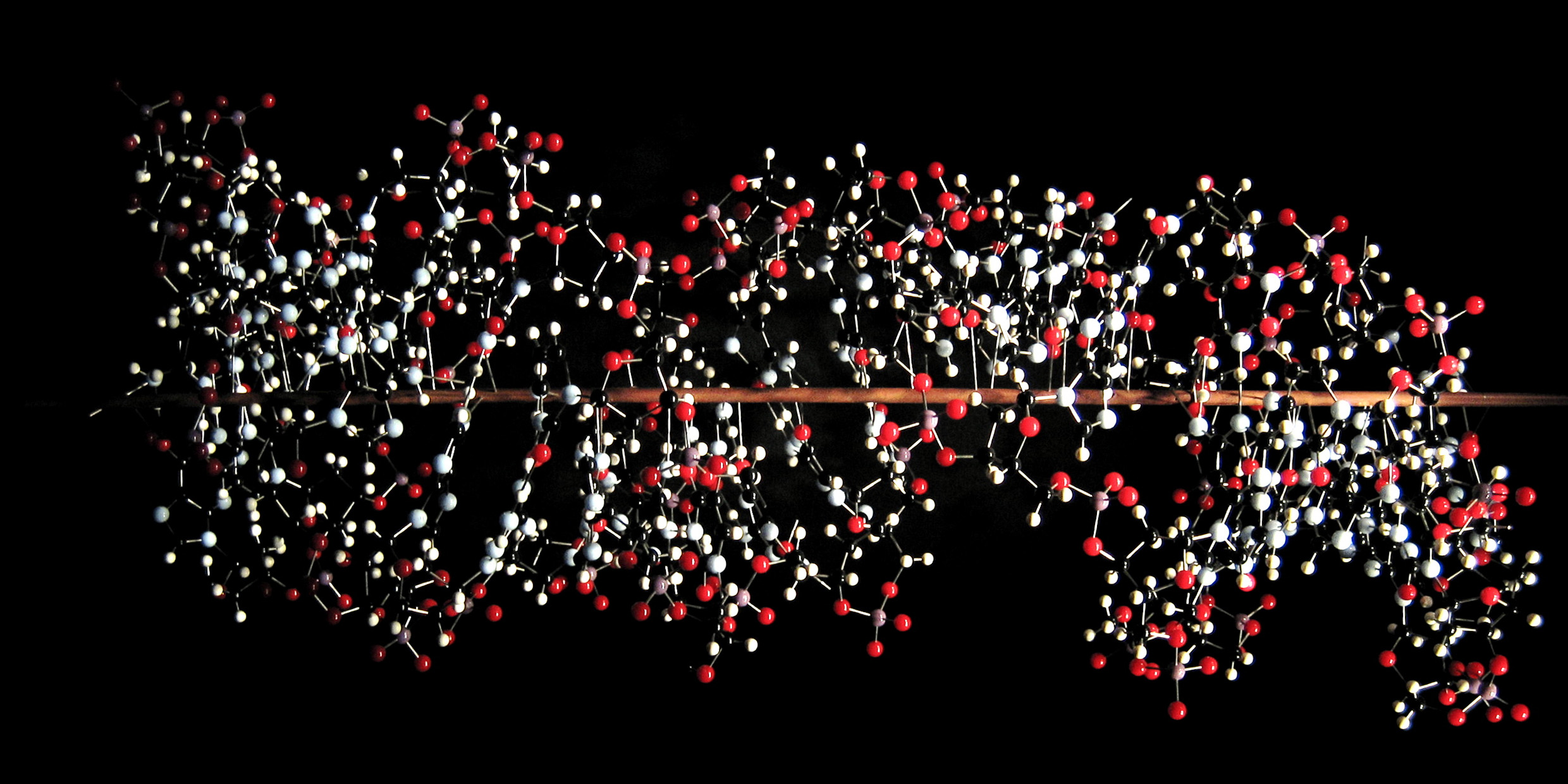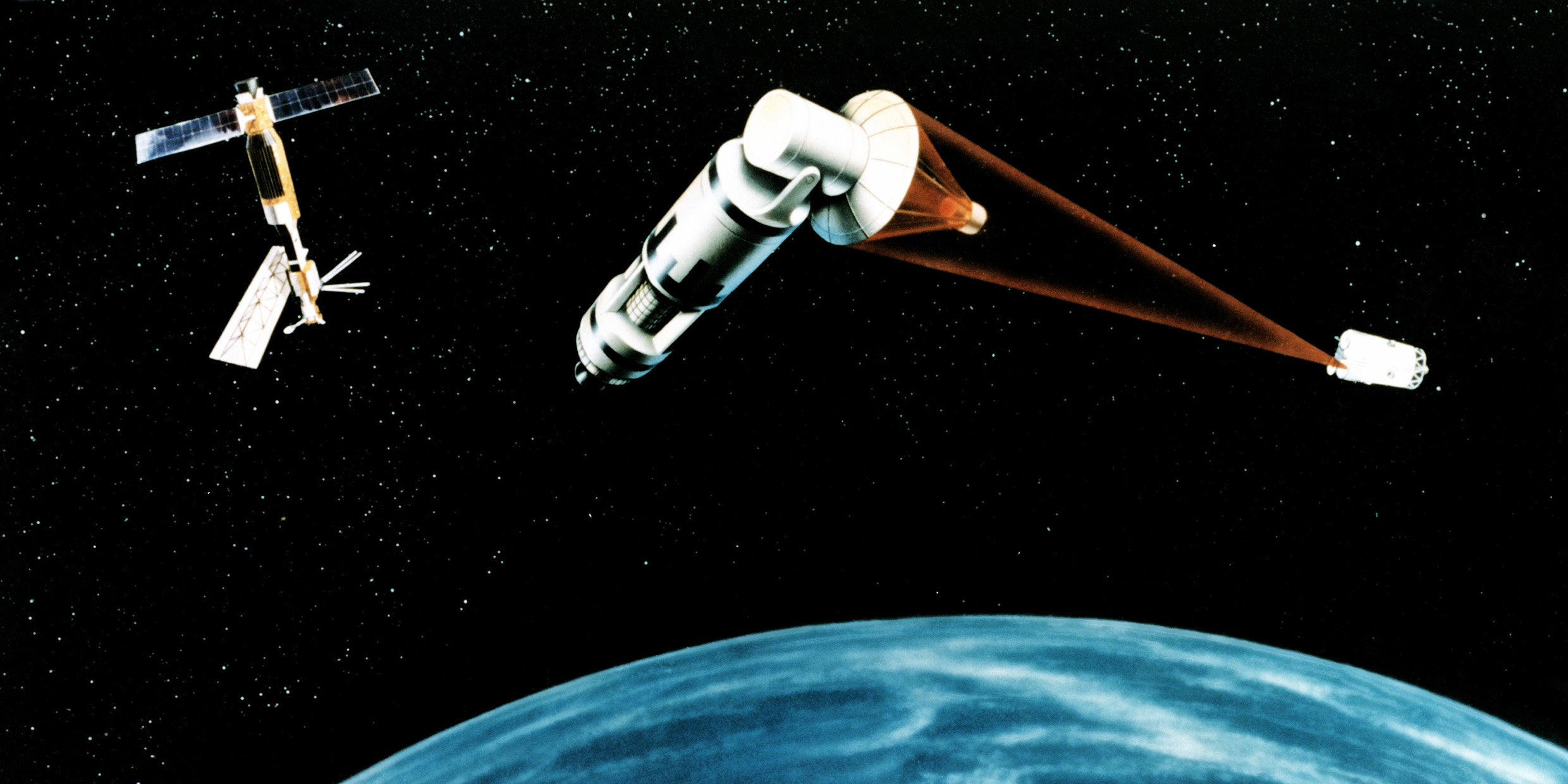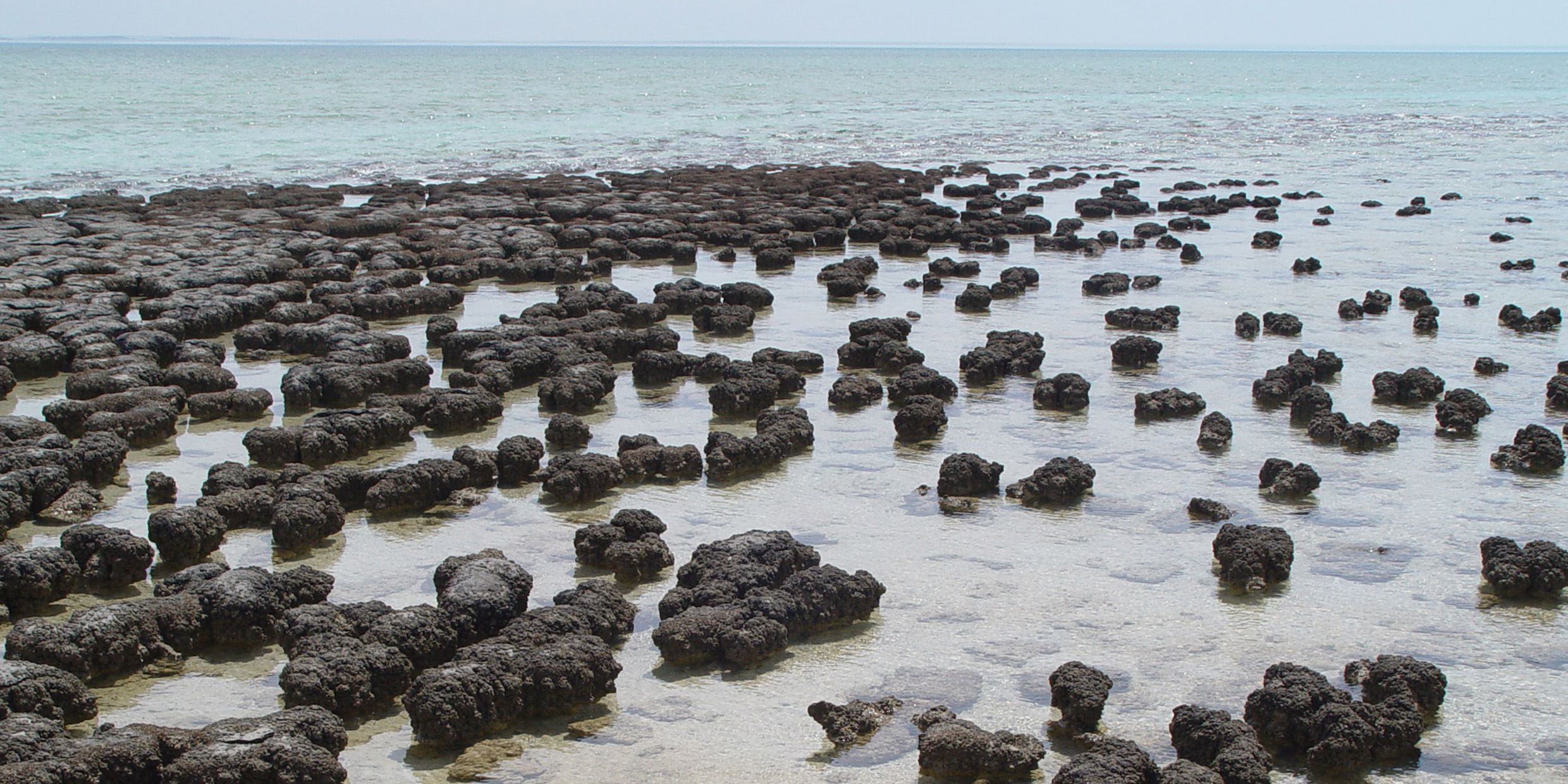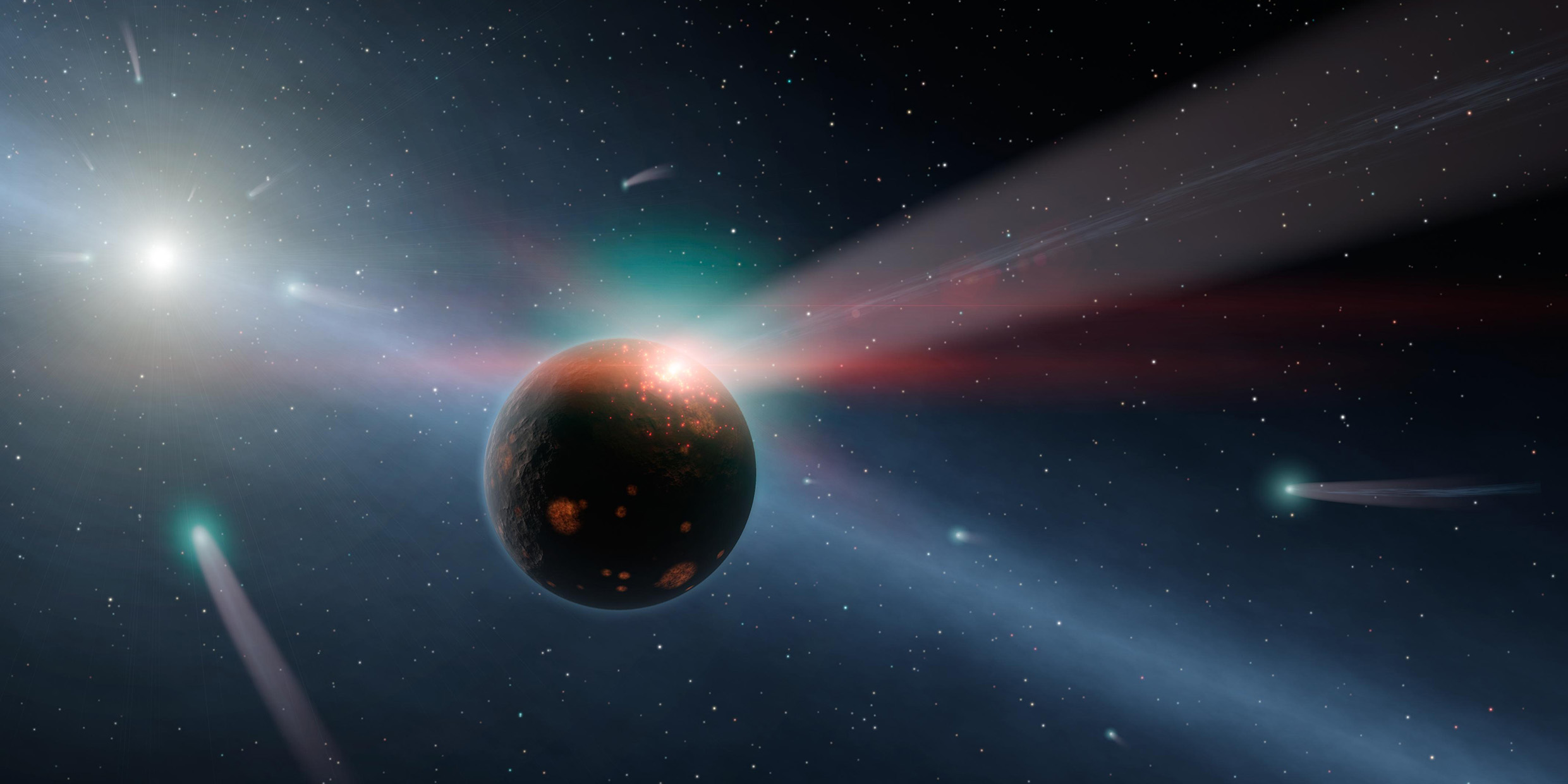It has been less than 50 years since Ernest Lawrence was awarded the Nobel Prize in physics for his invention of the cyclotron. Lawrence’s first particle accelerating machine was four inches in diameter and constructed from window pane, brass plate, and sealing wax. It was the sort of thing any clever fellow could build in his basement.
Articles with 1986
Traces of ice age in ocean debris
In recent years, geologists have made spectacular progress discovering the Earth’s past climate. In particular, they have established a reliable chronology for the ice ages.
Reports of this bird’s demise exaggerated
The ivory-billed woodpecker lives! That is the announcement made several weeks ago by ornithologist Lester Short of the American Museum of Natural History.
Designer genes — a joke no more
Ever since bioengineers learned how to tinker with DNA and turn out tailor-made living organisms we have been hearing jokes about “designer genes.”
Everything theory
Let’s talk fashion in science. Let’s talk bandwagons. Let’s talk string.
The Red Queen and cosmic strings
“One can’t believe impossible things,” says Alice in Through the Looking-Glass. “I daresay you haven’t had much practice,” the Red Queen replies.
Star Wars — Is it science or fantasy?
The idea that science can confer invincibility is a stock theme of science fiction. It is also the theme of President Reagan’s Strategic Defense Initiative (SDI), a space-based anti-missile weapons system often called “Star Wars.” Supporters of SDI are determined to turn science fiction into science fact.
A skeptical look
Ten years ago [in 1976] a group of distinguished philosophers and scientists, disturbed by what they saw as a rising tide of interest in astrology and other pseudo-sciences, established the Committee for the Scientific Investigation of Claims of the Paranormal.
Stromatolites and sun-lovers
Some 19th century geologists assigned the origin of life to the Cambrian Period of geologic history. Rocks younger than the Cambrian contain fossil evidence for life that is striking and abundant. Older formations seemed not to contain fossils of living organisms.
A constant rain of comets
This week in Baltimore, three Iowa scientists will confront skeptical colleagues with evidence for a radical new theory: that the Earth’s upper atmosphere is continually bombarded by small comets, thousands of them every day, plashing like raindrops into a pond.

